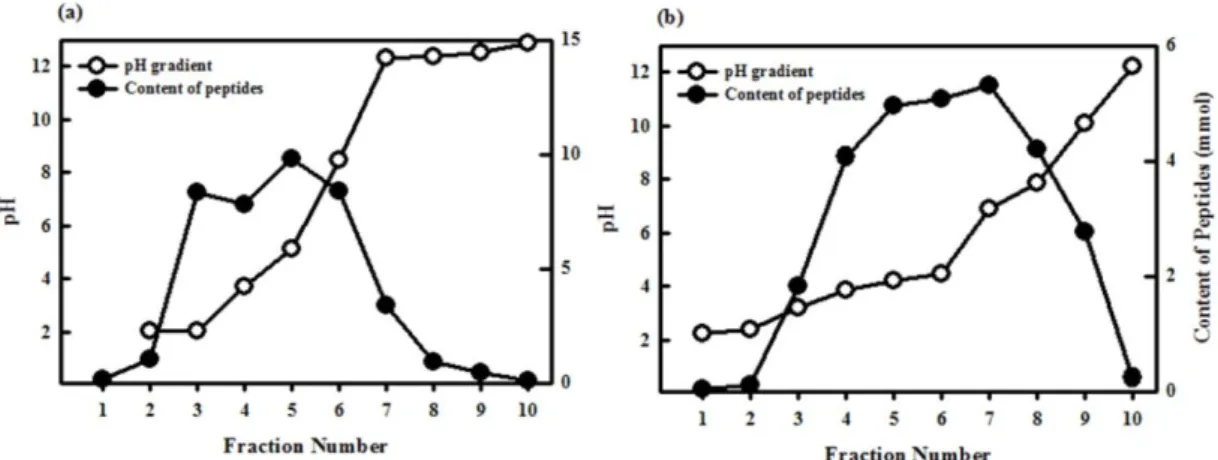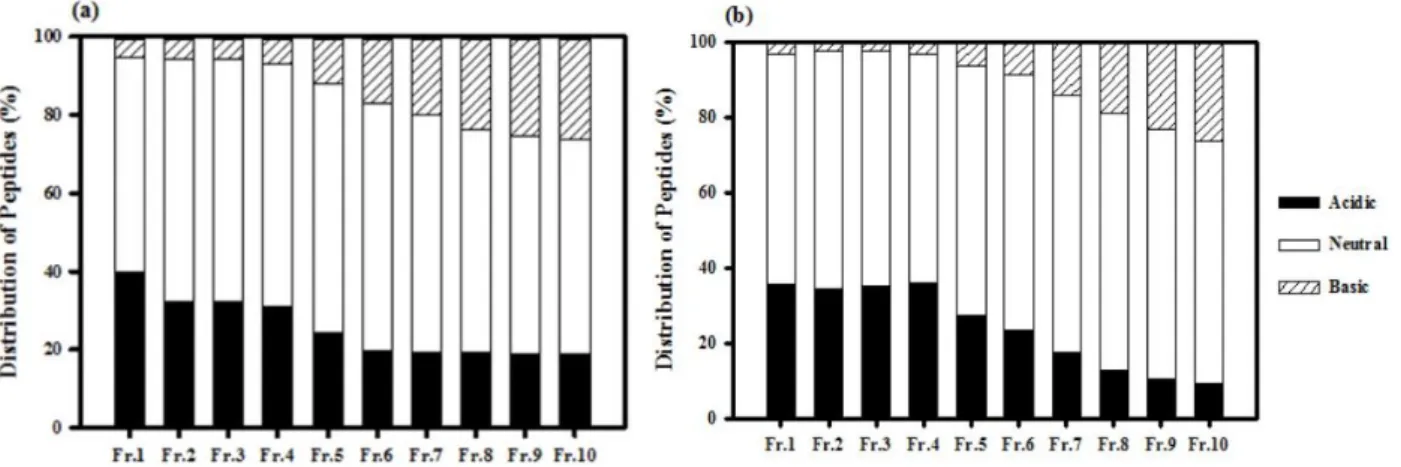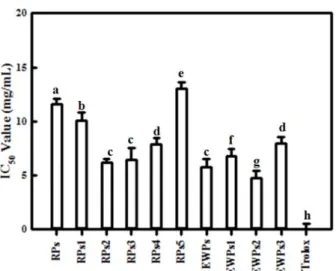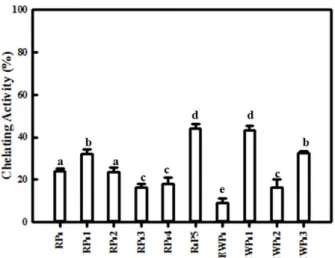1. INTRODUCTION
Lipid oxidation is one of the most important factors that influence the quality and acceptability of foodstuffs and pre- pared foods. Products of lipid oxidation are responsible for unacceptable off-flavors and off-odor during cooking, handling, processing and storage. Namely, lipid oxidation causes shor- tens shelf life and quality losses (Kingston, Monahan, Buckley,
& Lynch, 1998).
For many years, antioxidants have been used safely and effectively to retard oxidative deterioration of foods. Most an-
tioxidants used as food additive, such as butylated hydroxy- toluene (BHT) and butylated hydroxyanisole (BHA) are syn- thetic antioxidants. Although they have strong antioxidant ac- tivity, various potential side effects and toxic effects on the human enzyme system have been reported (Park, Kwon & Rha, 2014; Wanita & Lorenz, 1996,). Therefore, developments of safe and nontoxic natural antioxidants have been popular to- pics in recent decades. Numerous studies have been con- ducted to investigate the antioxidant properties of food pro- tein hydrolysates from plant and animal sources. For example, antioxidant activity has been found in enzymatic hydrolysates Information available at the Culinary Society of Korea (http://www.culinary.re.kr/)
Culinary Science & Hospitality Research
Journal & Article Management System: https://cshr.jams.or.kr/
21-28
http://dx.doi.org/10.20878/cshr.2018.24.2.013
Increase of Antioxidant Activities of Egg White Protein Hydrolysate by Fractionation without Using Toxic Chemicals
Eun Young Park
1& Kenji Sato
21
Dept. of Food and Nutrition, Korea Christian University, Seoul 07661, Korea
2
Division of Applied Biosciences, Graduate School of Agriculture, Kyoto University, Kyoto 606-8502, Japan
KEYWORDS ABSTRACT
Antioxidant, DPPH, OH radical, ORAC, Peptide, Metal-chelating, Isoelectric point, Autofocusing, Protein hydrolysates.
The objectives of the present study were to examine the antioxidant activity of autofocusing frac- tions from egg white protein hydrolysates and obtain higher antioxidant peptide fraction, which could be applied to the food model system. Alkaline protease hydrolysate of egg white protein exerted higher antioxidant activities than other protein hydrolysates and were fractionated on the basis of the amphoteric nature of sample peptides by preparative isoelectric focusing without toxic solvents and reagents, which is termed autofocusing. Neutral and basic fractions showed higher 1,1-diphenyl-2-picrylhydrazyl (DPPH) radical scavenging activity than the acidic fractions. The acidic and neutral fractions showed higher hydroxyl (OH) radical scavenging activity and oxygen radical absorbance capacity (ORAC) values than the basic fractions. The acidic fractions showed higher metal chelating activity than basic fractions. Antioxidant activities of some autofocusing fractions except for ORAC showed higher compared to the crude hydrolysate. These results suggest that peptides fractions from egg white protein are effective antioxidant, and that autofocusing could be useful to increase antioxidant activity for application to food system.
*




